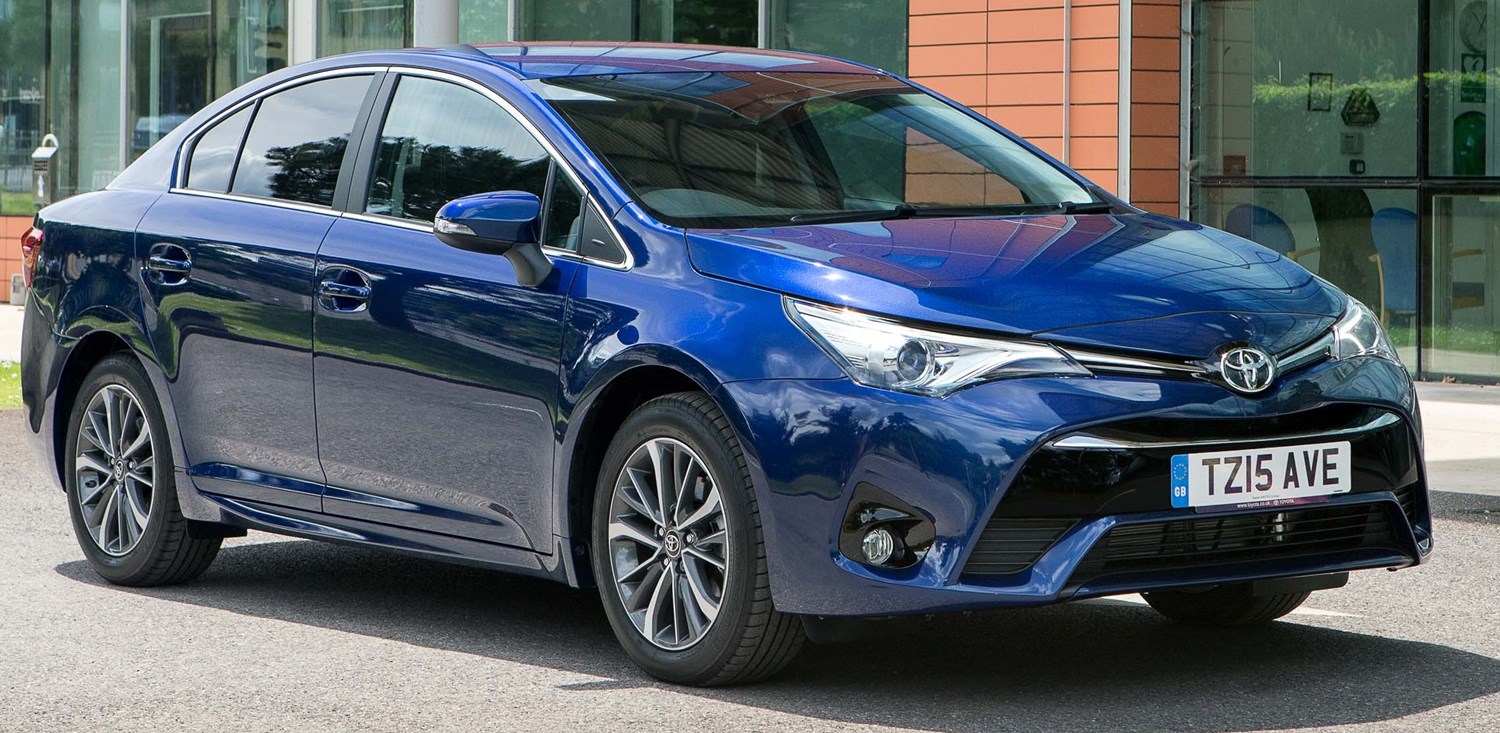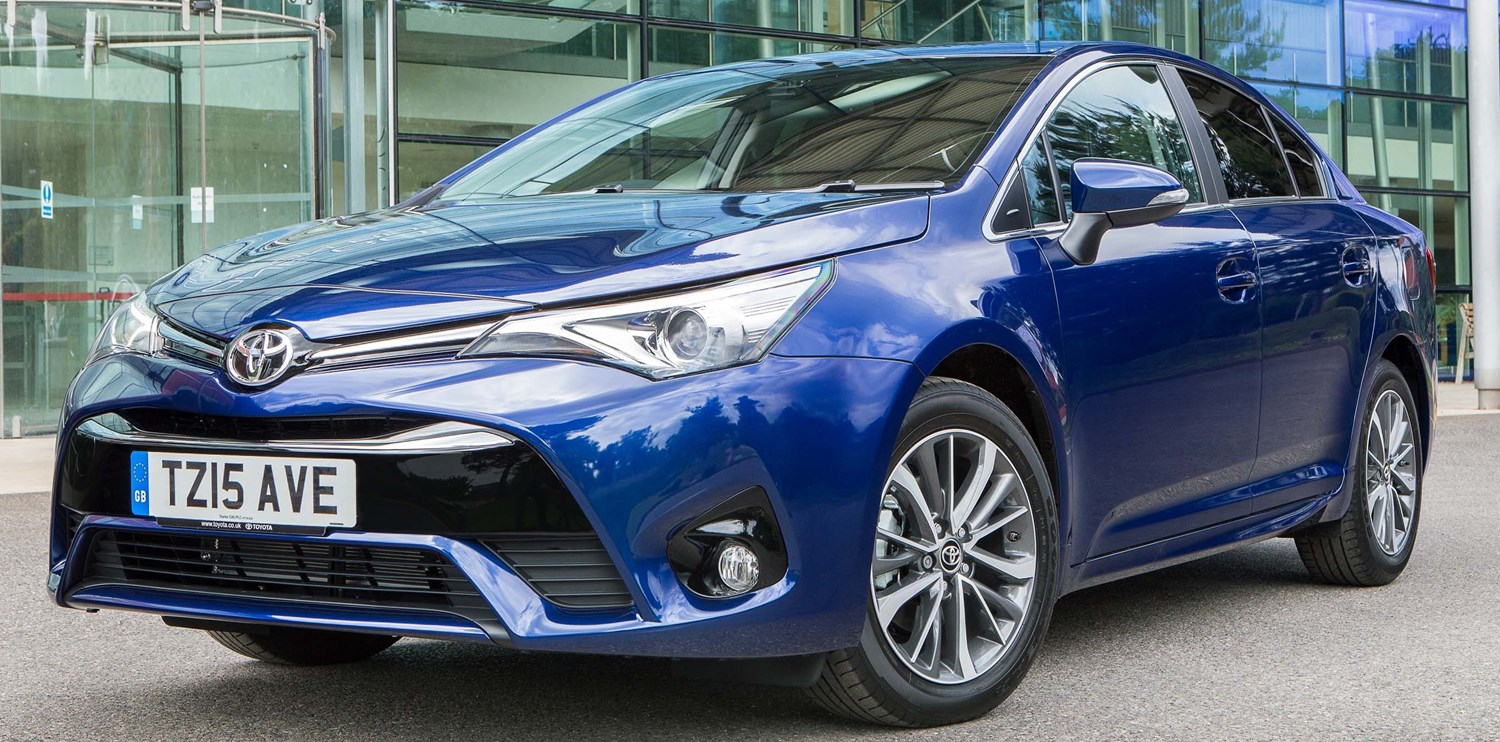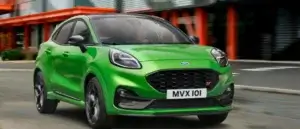Latest Model
Originally introduced in 2009 the Avensis has gone through two further facelifts to improve the looks and technological features to try and keep it fresh.
The main addition with the 2015 update was Toyota Safety Sense, which brought in autonomous braking, pre-collision detection and lane departure warning to the Avensis. Automatic high beam and road sign assist were also added.
A new trim layout was also introduced but did mean that more of the models got better equipment for an improved finish and more premium feel.
Toyota also introduced a new line-up of engines that were improved in terms of their overall emissions and efficiency but still don’t quite match the figures of its rivals.
Value for money
Admittedly the Avensis is built more for practicality and comfort than amazing features, so with the base Active model Toyota doesn’t offer many stand out accessories. There are only four major features – an auto-dimming rear mirror, follow-me-home headlights, manual air conditioning and a radio and CD player with MP3 – and that doesn’t impress that much.
Along with a leather multi-function steering wheel, colour display and Bluetooth and USB connectivity, the Avensis Active has the essentials and that’s about it. Starting at £18,905, the Active’s price is very good considering its other rivals, however, and with its reliability and build record, it could be the comfortable cruising saloon for you.
If you want to look for a reliable and comfortable used option, any of the top spec Avensis models from a couple of years ago will have the same tech as a new model – due to the 2015 – and as they have already been in commission they will be cheaper to buy than from new.
You can get a 2015 estate version in the top Excel spec with only 16,189 miles on the clock and with that comes air conditioning, cruise control, heated leather seats, touch screen infotainment display, electric windows and wing mirrors, panoramic roof, rear parking camera and 18-inch alloy wheels.
With all those extra features, this used option – priced at £18,495 – is a great option when you consider that it is only a couple of years old and the great reliability of Toyota models.
Looks and image
The Avensis’s looks aren’t strong point and like many Toyotas, it blends into the crowd without making too much of an impact. The sleek lines are nice but not ground-breaking and it just struggles to have any wow factor at all. The estate is definitely the better looking model as the lines appear more complete and in the higher trims the larger alloys and chromed finish helps to add a more premium finish.
Another mark down for the Avensis is the way it feels on the road and – like the exterior – it doesn’t thrill you much. With the comfort-focused set up, you can tell early on that it is more suited to long drives on motorways than chucking around country lanes and when you consider the target market of the model that seems reasonable enough.
Other rivals, such as the Mazda6 and Ford Mondeo, offer a more involved experience where you get more feedback from the steering and better cornering so the Avensis doesn’t quite hit the mark if you’re a more driving focused customer.
The suspension set-up is, on average, good and will soak up plenty of bumps and ruts on the road, but it will feel tetchy over sharper edges and can get unsettled at lower speeds.
With body roll something that can occur fairly often, it is clearly behind its rivals in terms of a quality finish on the overall chassis finish. Inside though the Avensis does well at making the occupants as comfortable as possible and the Toyota does well for seating space and layout in any spec.





